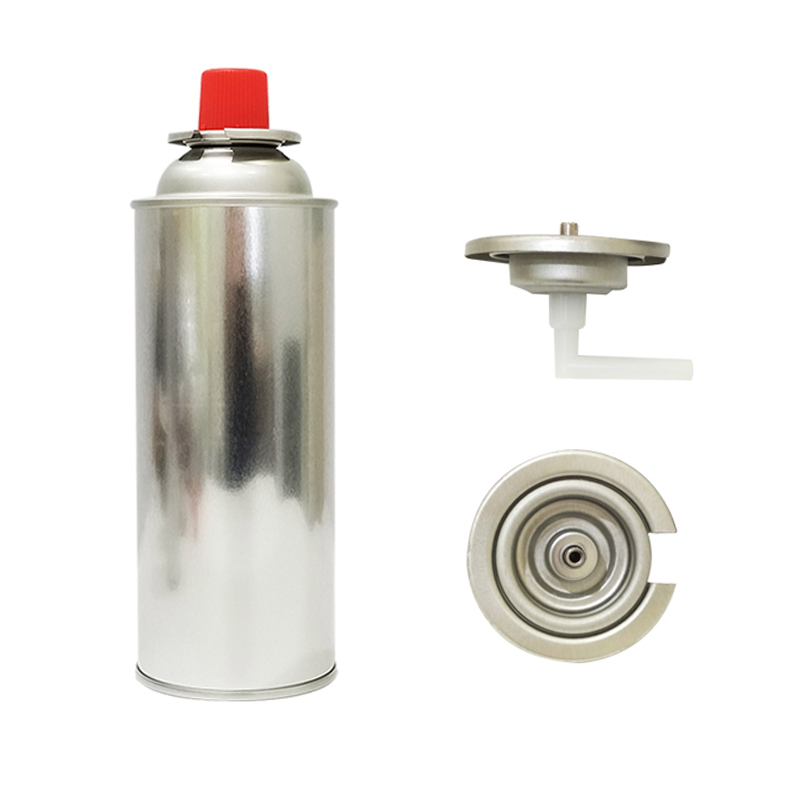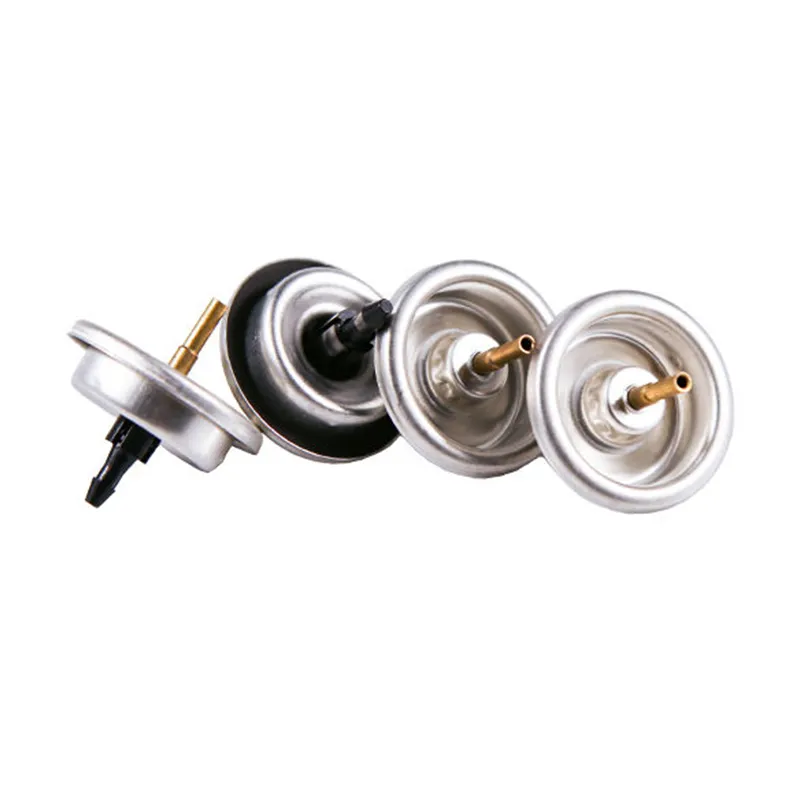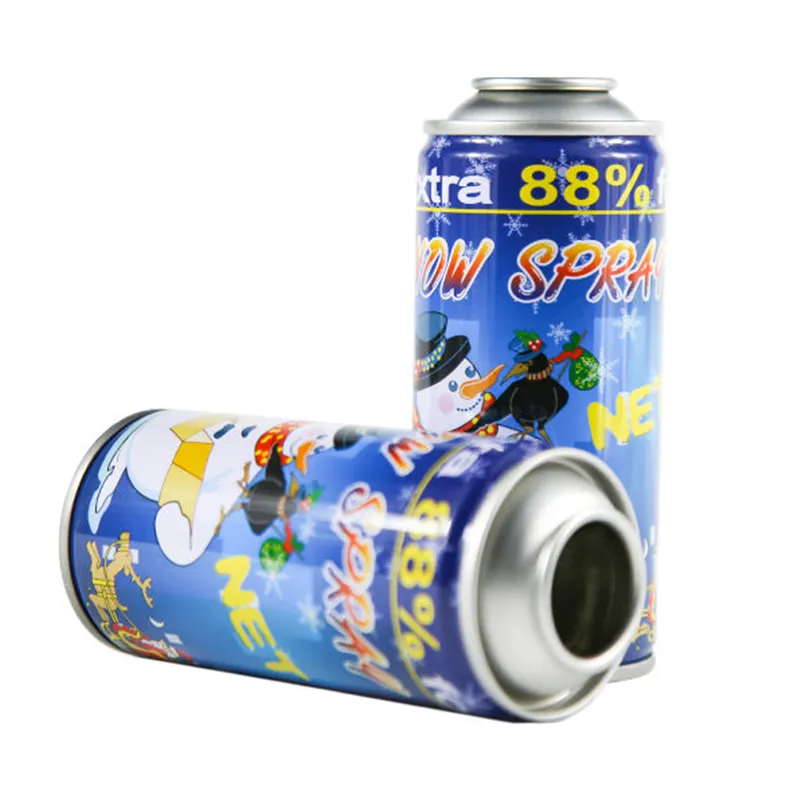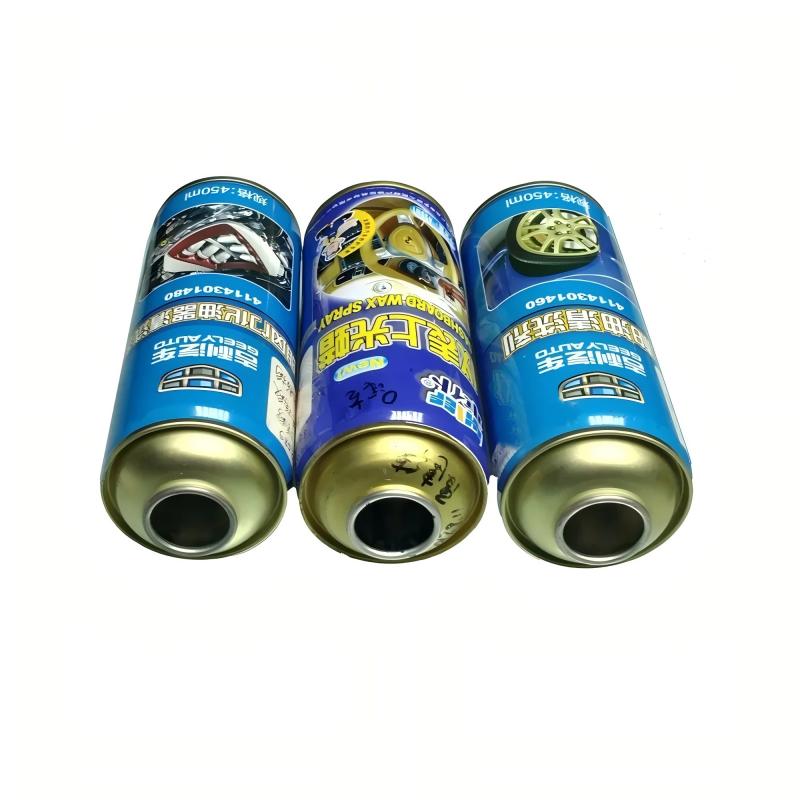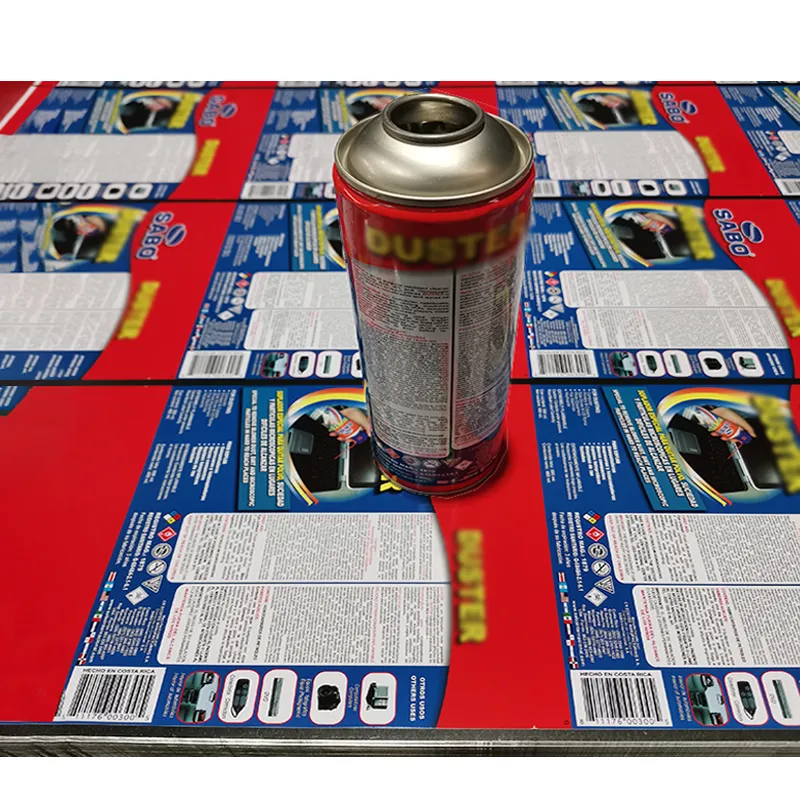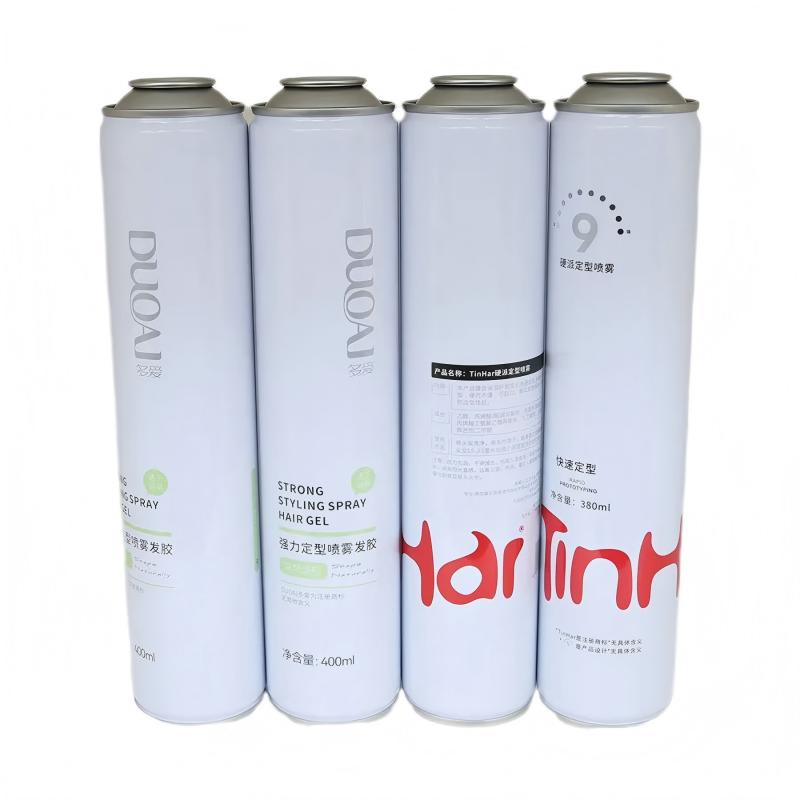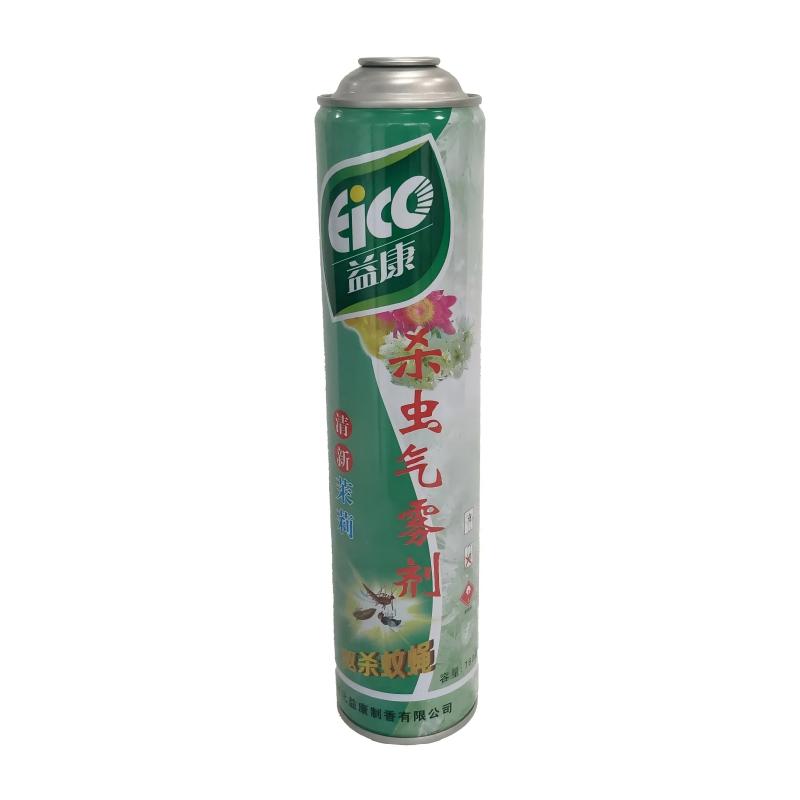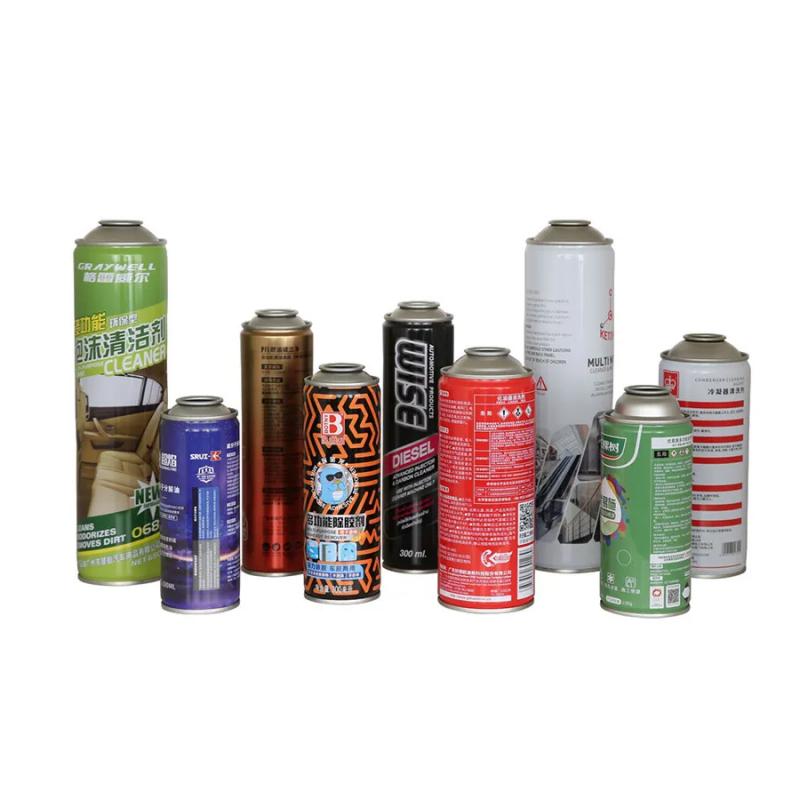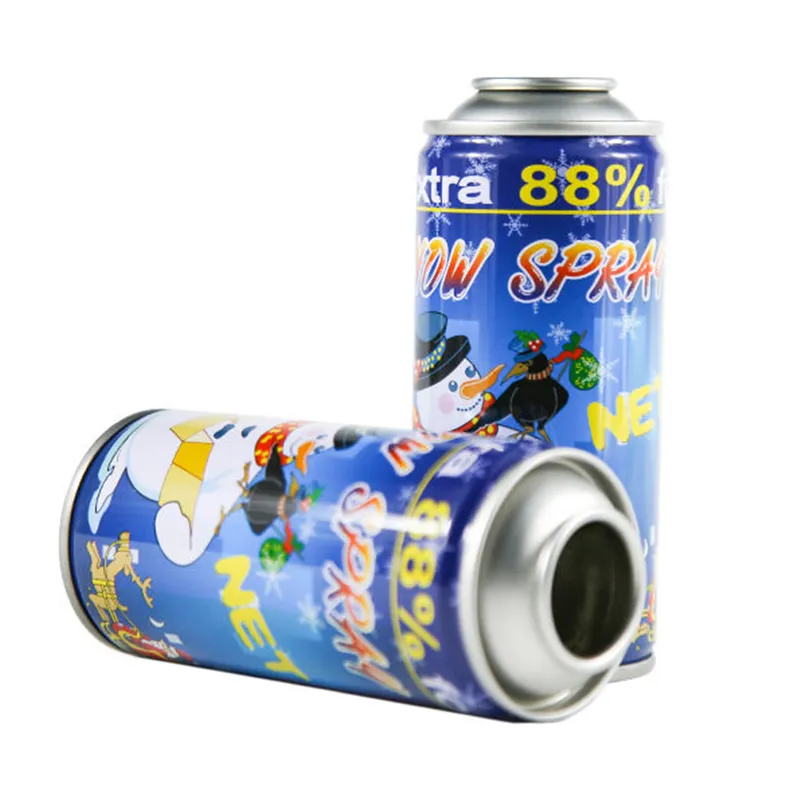08-04/2025
Testing Method:
· Place the finished aerosol can in water;
· Gradually inflate the can using a dedicated pressurizing device;
· Record the pressure at which the dome permanently deforms or bursts.
Judgment Criteria: Generally, a pressure of at least 1.2 MPa is required, with specific standards depending on the intended use.


